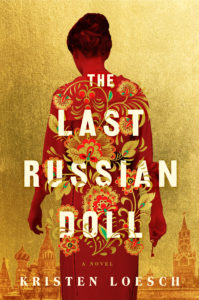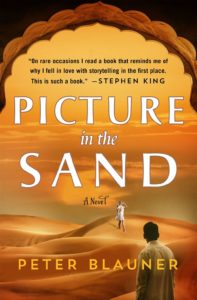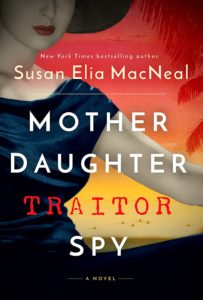Kristen Loesch: The Last Russian Doll
 The Last Russian Doll is an epic, set both during the 1917 Russian Revolution, and the more recent revolution – the one that abolished the Soviet Union in 1991. The more present day heroine, Rosie, or Raisa, her actual name, is a British grad student who fled from Russia with her mother to the UK after the murders of her father and sister. Her mother is now an ancient drunk who rarely gets out of her bed; as the book opens, she dies, but Rosie is headed back to Russia as an assistant to a famous writer (he brings to mind Alexander Solzhenitsyn). She will be there to help with research, but what she really wants is to solve the mystery of her father’s and sister’s deaths.
The Last Russian Doll is an epic, set both during the 1917 Russian Revolution, and the more recent revolution – the one that abolished the Soviet Union in 1991. The more present day heroine, Rosie, or Raisa, her actual name, is a British grad student who fled from Russia with her mother to the UK after the murders of her father and sister. Her mother is now an ancient drunk who rarely gets out of her bed; as the book opens, she dies, but Rosie is headed back to Russia as an assistant to a famous writer (he brings to mind Alexander Solzhenitsyn). She will be there to help with research, but what she really wants is to solve the mystery of her father’s and sister’s deaths.








